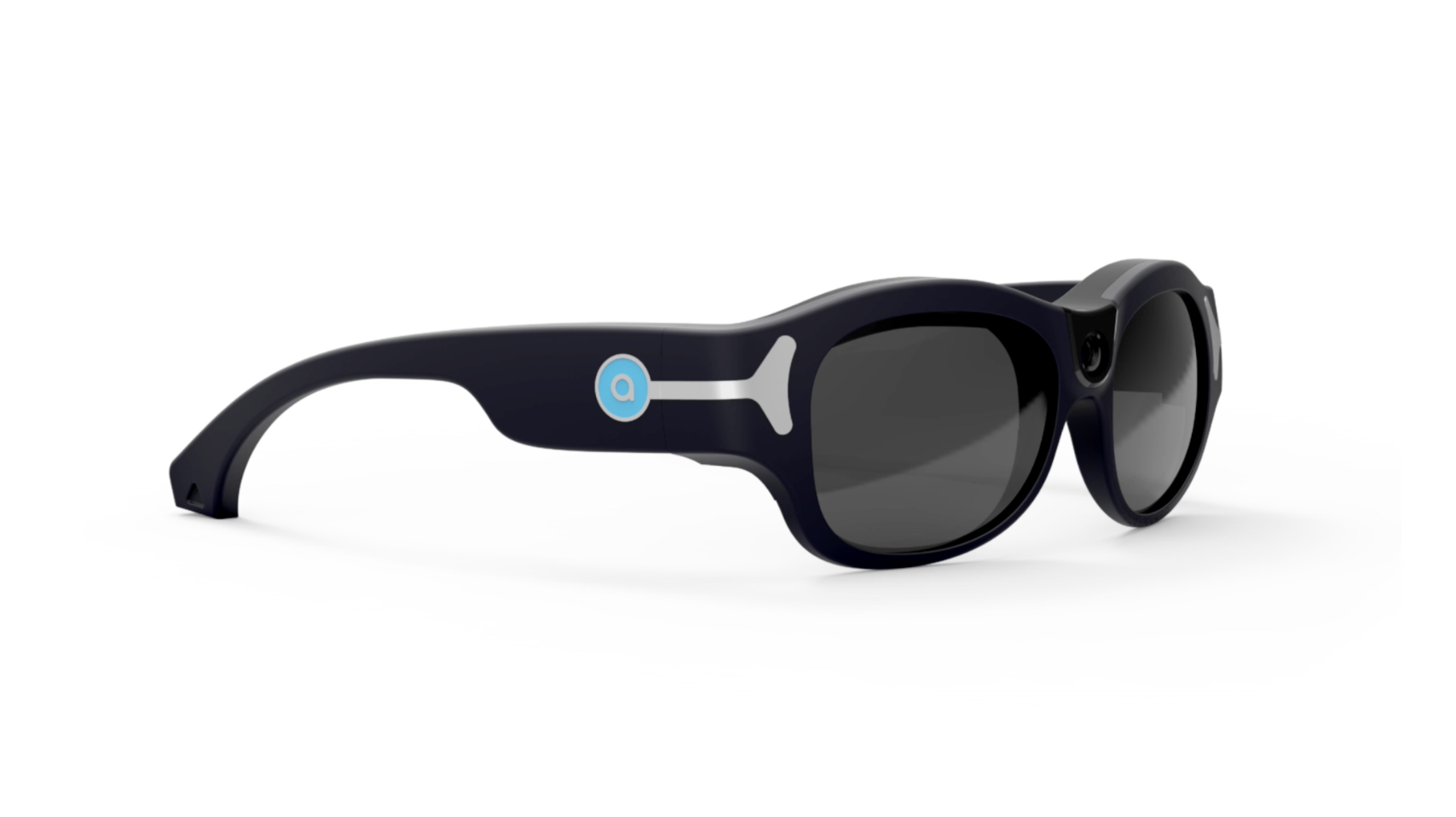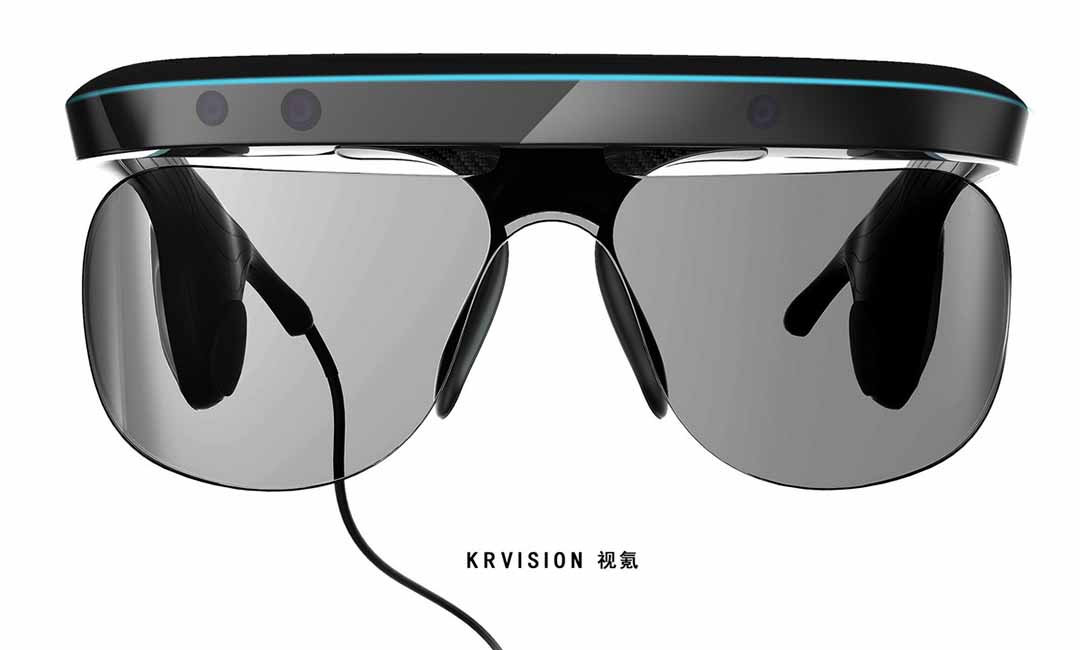Discover Advanced Assistive Devices for Individuals With Visual Problems
The landscape of assistive modern technology for individuals with visual disabilities is advancing swiftly, presenting a range of ingenious devices that boost autonomy and engagement. From smart glasses that seamlessly combine visual input with auditory assistance to innovative navigating applications that redefine spatial recognition, these devices are improving opportunities.
Smart Glasses Innovations
Smart glasses represent a considerable improvement in assistive technology for people with aesthetic problems. These cutting-edge gadgets integrate numerous functions designed to improve the individual's communication with their atmosphere. Equipped with cameras and sensing units, smart glasses can record real-time visual details, which is after that refined and shared to the customer via audio feedback or haptic feelings. This capability enables people to get instant descriptions of their surroundings, boosting their capability to engage and browse with the world.
Moreover, developments in man-made knowledge have better improved the abilities of clever glasses. Device learning algorithms can identify faces, checked out text, and identify things, making them indispensable devices for day-to-day jobs. Customers can obtain acoustic signs that give context about their environment, fostering freedom and confidence.
Additionally, the ergonomic style and light-weight nature of numerous clever glasses make them appropriate for extended usage, guaranteeing comfort while enhancing capability. As these tools remain to advance, they hold the prospective to transform the way people with visual problems experience their lives, connecting the void in between access and modern technology. The recurring r & d in this field promise to expand the opportunities for clever glasses, making them an important part of modern assistive tools.
Navigation Application and Devices
Numerous navigating applications and tools have actually become crucial sources for people with visual problems, dramatically enhancing their capacity to traverse unknown settings. These technologies leverage general practitioner functionality, audio hints, and real-time information to give users with specific navigating assistance.
One noticeable example is the Aira app, which connects individuals to trained agents that can offer visual descriptions of surroundings and navigation support through an online video clip feed. This solution enhances the customer's spatial understanding and confidence while browsing. One more remarkable device is Seeing Eye GPS, which supplies voice-guided navigating and sights, enabling individuals to accessibility important info concerning their environments.

As modern technology proceeds to advance, the advancement of a lot more advanced navigating devices promises to more equip people with visual problems, assisting in seamless wheelchair and assimilation into varied environments. Such innovations are important in advertising a much more inclusive culture.
Braille Innovation Advancements
Recently, innovations in Braille modern technology have significantly transformed how individuals with aesthetic problems gain access to information and engage with the globe around them. The advancement of portable Braille screens has actually transformed analysis by permitting customers to link wirelessly to smart devices, more tablets, and computer systems. These gadgets transform text right into Braille in real-time, enabling seamless interaction with electronic web content.
Furthermore, innovative Braille printers have actually arised, enhancing the manufacturing of tactile materials. Modern embossers are quicker and extra reliable, permitting the fast production of Braille records and academic materials. This effectiveness reduces the time and price related to creating Braille sources, making them a lot more obtainable to companies and schools.
Additionally, the integration of Braille with other innovations, such as synthetic knowledge and equipment knowing, has opened up brand-new methods for tailored knowing experiences. Voice recognition and synthesis technologies can complement Braille, supplying an inclusive technique to info dissemination.
As the demand for comprehensive education and learning and workplace settings expands, these technological innovations play an important function in encouraging people with aesthetic impairments, ensuring they have equal accessibility to information and chances in numerous facets of life.
Wearable Instruments for Independence
An expanding selection of wearable tools is improving self-reliance for people with aesthetic disabilities, providing innovative remedies that enhance navigating and day-to-day living. Braille displays and notetakers. These gadgets use sophisticated innovations to provide real-time feedback and assistance, promoting freedom in various environments

Wearable technology likewise consists of smartwatches that can be set with availability features, making it possible for users to get notifications, track their areas, or also ask for help with the touch of a switch. Some gadgets integrate man-made intelligence to analyze the environment, offering sound descriptions of nearby things or individuals.
Voice-Activated Assistive Solutions
Leveraging voice-activated assistive remedies has transformed the landscape of support for people with visual disabilities, supplying hands-free interaction and access to a range of tasks. These innovations make use of natural language handling and fabricated intelligence to allow users to do day-to-day tasks with easy voice commands.

Additionally, current developments in voice acknowledgment precision have actually boosted the customer experience dramatically, fitting varied accents and speech patterns. This inclusivity guarantees that more individuals can take advantage of these technologies, cultivating a better feeling of autonomy.
Final Thought
Finally, the development of sophisticated assistive devices dramatically enhances the independence and high quality of life for individuals with aesthetic disabilities. Technologies such as wise glasses, navigation apps, Braille modern technology, wearable gadgets, and voice-activated services collectively foster an even more comprehensive atmosphere. These technologies equip customers to browse their surroundings with self-confidence and involve more fully with the globe, inevitably promoting greater ease of access and level playing fields for people dealing with visual difficulties.
The landscape of assistive technology for individuals with visual problems is developing quickly, providing an array of innovative devices that improve freedom and her explanation engagement.Smart glasses represent a considerable innovation in assistive technology for people with visual impairments. As these tools continue to advance, they hold the possible to revolutionize the method individuals with aesthetic disabilities experience their day-to-day lives, linking the void in between ease of access and modern technology.In current years, developments in Braille innovation have actually significantly changed how people with aesthetic disabilities access details and engage with the globe around them. These innovations encourage customers to navigate their surroundings with self-confidence and involve more completely with the world, inevitably advertising higher access and equivalent chances for individuals facing visual obstacles.